No products in the cart.
Training
All You Need to Know About Measuring Hair and Hair Length
Selecting the right hair length is crucial when choosing a hair system. Suppose you need more clarification about ordering the correct size for your customers. In that case, this blog will guide you through the procedure and underscore critical points to ensure accurate hair length measurements.
Who hasn’t dreamt of having gorgeous, flowing locks? Yet, the journey to longer hair is no cakewalk, especially when you’ve tried every trick in the book. The secret to faster hair growth lies in understanding your hair type – a crucial factor in determining not just length but the perceived length. Dive into our hair length chart for a comprehensive guide that gives you the knowledge to attain those lovely lengths. Keep reading; we’re here to school you on essential insights!
As we defined earlier, how your hair looks is directly tied to your hair type. Picture a long ribbon – its entire length is evident when held straight. Now, if you roll, ball, or fold that ribbon, it seems shorter, although its length remains unchanged. Apply this simple logic to your hair, and you’ll grasp the connection between your hair type and how long it appears.
Hair Length and Hair Types
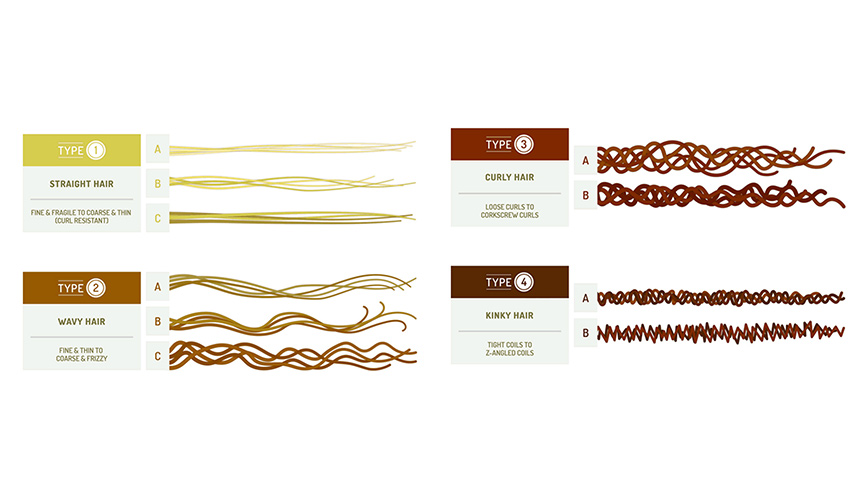
Certainly! Hair comes in diverse types, much like the unique personalities of friends. Imagine placing them in a lineup, starting with those boasting straight locks and ending with the beautifully coiled. This intuitive understanding is known as the Andre Walker Hair Typing System, simplifying the comprehension of different hair types and where you fit on the spectrum.
Understanding the impact of hair types on length is straightforward. Consider a ribbon: when curled in a spiral, the distance from top to bottom appears shorter than when straight. Despite the visual impression of shorter length with curly hair, it extends further when not curled. Thus, various degrees of distortion contribute to the perceived length, ranging from curly to straight hair.
Straight hair generally appears as long as it is, with minimal difference unless there’s a slight wave. In the case of wavy hair, the distortion is a bit more noticeable, and the degree of distortion for curly or kinky-coily hair is maximum. Despite the perception of shortness due to shrinkage, it can be longer than straight hair!
This characteristic can also be combined with hair extensions, further increasing the length and diversity of hairstyles. So, by using hair extensions, you can maintain your hair’s natural curl while adding length, making your hairstyle more versatile and eye-catching.
How to Describe Hair Length?
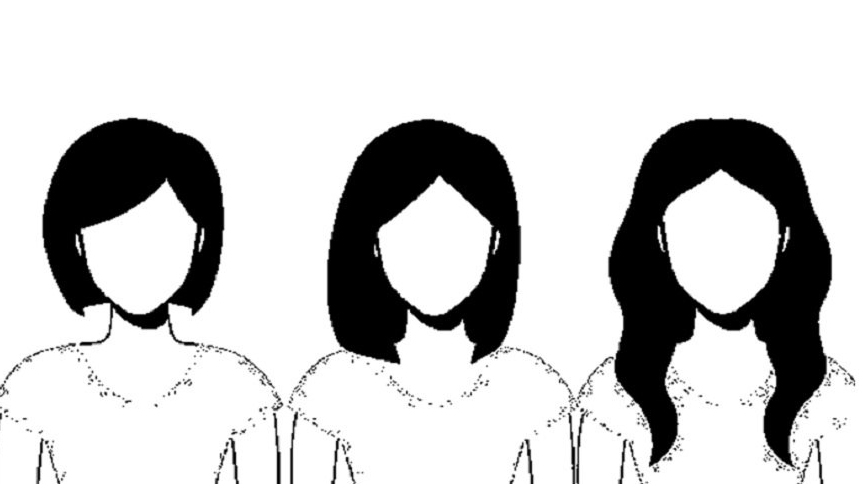
Describing hair length is an art that involves choosing the right words to paint a vivid picture. For short lengths, envision a spectrum from a chic buzzcut to a charming chin-length bob, where the strands measure between 0.1 cm to a stylish 20 cm. In medium hair, the narrative shifts to lengths extending beyond the chin to a versatile 40 cm, capturing the essence of shoulder-skimming styles. Finally, the long hair saga begins at the armpits, ranging from 40 cm and cascading down to the floor, embodying the allure of flowing locks.
Employing visual comparisons can also enhance the description. For instance, you might liken short hair to the delicate flutter of a butterfly’s wings, medium hair undulates like a gentle wave, and long hair cascades with the grace of a waterfall. This evocative language conveys lengths, and adds an expressive touch to the description, turning a simple measurement into a narrative of personal style and individuality.
Measuring Hair Length with a Hair Length Chart
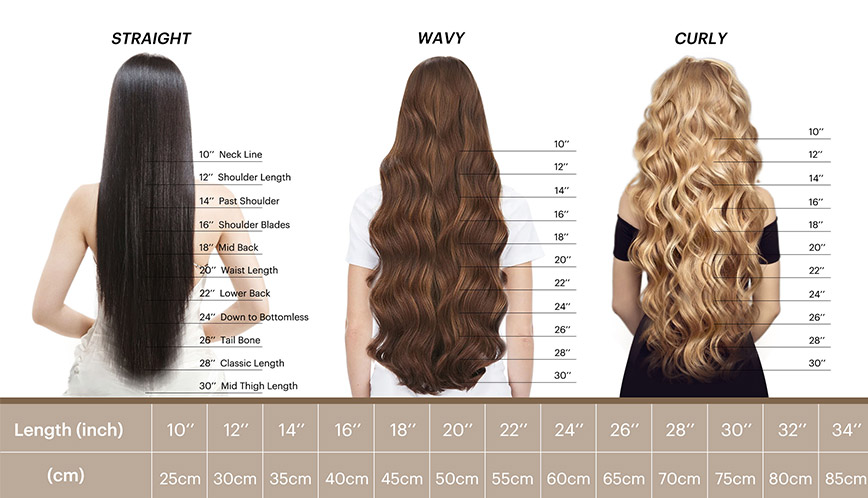
Measuring hair length can be both a precision task and a personal journey, and utilizing a Hair Length Chart is an invaluable tool in this process. The chart serves as a visual roadmap, offering a comprehensive guide to understanding the length spectrum and tracking your hair growth over time.
The first step in measuring hair length is typically with a measuring tape or ruler, providing precise numeric values that satisfy the meticulous. However, this method can be challenging when measuring alone, especially when measuring the sides and back. Enlisting a friend for this task ensures more accurate results, as they can tackle those hard-to-reach areas, preventing distortions in hair shape during measurement.
The Hair Length Chart offers an alternative method for those less concerned with exact numbers and more interested in the visual journey. Armed with a camera, individuals can capture the evolution of their hair length by taking regular snapshots. While some opt for headshots, capturing the entire body provides a more comprehensive chart, allowing for a visual comparison of hair length at different intervals.
There usually are three categories of hair length: short, medium, and long hair categories.
1. Short Hair Length
Short hair spans from a buzzcut to a chin-length bob, covering the spectrum from a minimal 0.1 cm to a maximum of 20 cm in numerical terms. Short haircuts include the cool crew, which hangs above the shoulders, ranging from a buzzcut to ear-kissing pixies and shoulder-skimming lobs.
2. Medium or Shoulder Length
Medium hair encompasses lengths extending beyond the chin to several inches below the shoulders, ranging from 20 cm to 40 cm. Medium hair starts from a chic length and lies between the shoulder and armpit.
3. Long Hair Length
Long hair commences at the armpits, approximately 40 cm, and extends down to the floor. Whether 50 cm or 75 cm, both fall within the category of long hair length. The real showstopper is a long hair that spans from mid-back to the whim of tailbone lengths. Only a lucky few rocks knee-length or beyond – hair goals unlocked!
Whether you’re a precision enthusiast or prefer a visual narrative of your hair journey, the Hair Length Chart caters to both preferences. It transforms measuring hair length from a mundane task to an engaging and insightful exploration of personal growth and style evolution.
How to Choose the Right Hair Length?
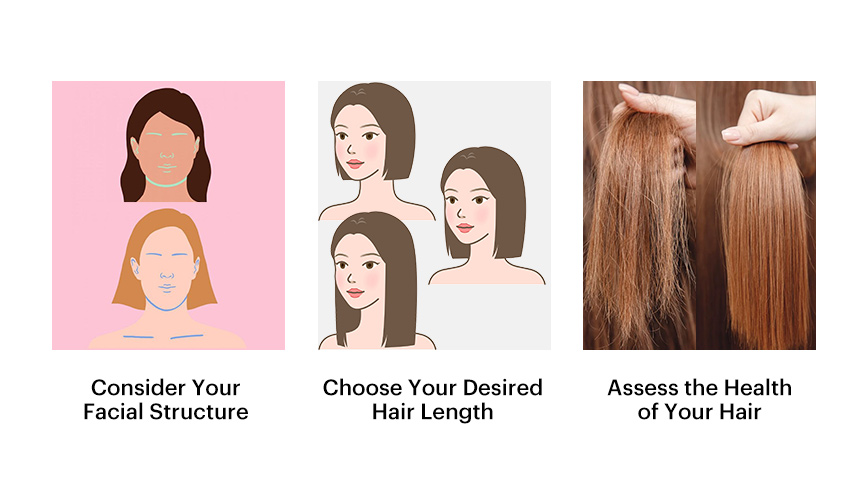
Many believe that longer hair is always better, but that’s not necessarily true. When deciding on the ideal length for you, it’s crucial to consider several factors, such as:
● Consider Your Facial Structure
Our hair is a frame for our faces, emphasizing features based on the cut. Medium-length hair with textured bangs suits long faces, while short styles add volume on top, ideal for round faces. Choose your haircut to highlight or balance features, deviating from the pursuit of the ‘ideal’ oval face shape.
● Choose Your Desired Hair Length
Consider that different lengths may affect your appearance, but prioritize choosing a style that aligns with your preferences and boosts your confidence. Embrace and love your hair as an integral part of yourself, and if you’ve ever been curious about a short haircut, why not give it a shot?
● Assess the Health of Your Hair
Admiration for long locks stems from their vitality; healthy hair withstands breakage. Pay attention to trims; ensure both length and thickness, staying vigilant for signs of balding to keep your tresses vibrant and resilient.
Quick and Easy Tips to Measure the Hair Length of a Hairpiece
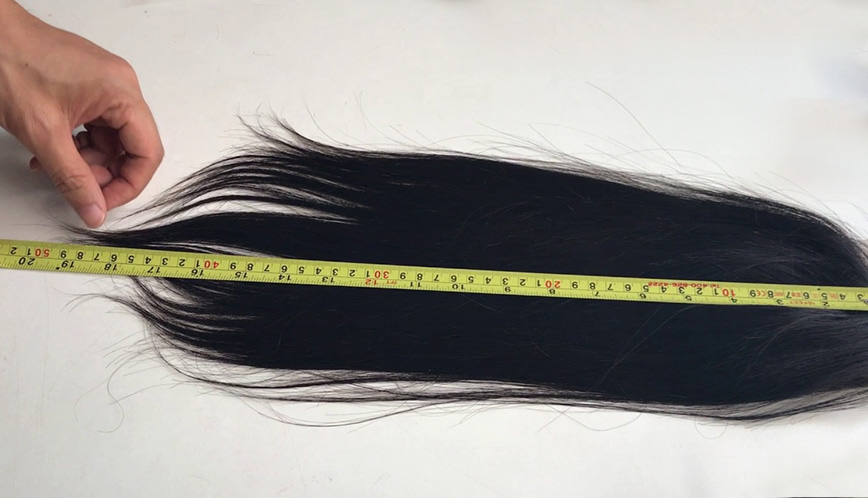
Measuring hair length also helps you determine how your hair grows over time. Engaging in this annual measuring ritual will swiftly help you identify your hair issues and will aid you in addressing them promptly to restore your hair’s health. However, if your hair problems are grave and you don’t find a proper restoration solution, you can always opt for hair replacement systems. We at Bono Hair offer cutting-edge hair systems that redefine length possibilities. With precise measurements and customizable options, Bono Hair’s systems ensure a seamless fit and natural look. Elevate your style confidently, experiencing unparalleled comfort and versatility tailored to your desired length of hair.
Here are a few tips to easily and quickly measure the hair length of your hair piece:
- Grab a ruler and place it at the base of your hairpiece. Measure from the roots to the tips, ensuring accuracy without any wiggle room for uncertainty.
- Divide your hairpiece into manageable sections. Take a strand from the midsection, gently straighten it, and measure from where it meets the cap to the end, unraveling the mysteries of your hairpiece length.
- If styling a hairpiece with a cap, measure from the cap’s edge to the furthest tip of the hair strands. This method ensures a seamless measurement, capturing the entire cascade.
- For curly or wavy hairpieces, gently stretch a curl and measure it for a true length revelation. This method helps combat the deceptive allure of curled strands.
- Snap a photo of your hairpiece now and then. This visual record can serve as a quick reference, offering a glimpse into its length evolution over time.
- Enlist a friend for an extra set of hands and eyes. They can help ensure accuracy, especially for tricky areas at the back, making it a fun and collaborative hair-length adventure.
- Consider measuring your hairpiece regularly, like a weekly or monthly ritual. This approach lets you track growth patterns and quickly identify any length changes.
With these quick tips, one can unravel the mystery of your hairpiece’s length, transforming the measurement process into an engaging and hassle-free experience.
Conclusion
We hope that this blog helps you measure your hair length correctly and gives insight into how your hair type emerges as a guiding force. It’s about length and the unique narrative woven by curls, waves, or straight strands. Each type adds a layer to the personal chronicle, highlighting that the true beauty lies not just in the measurement but in embracing the diverse tales your hair type tells.









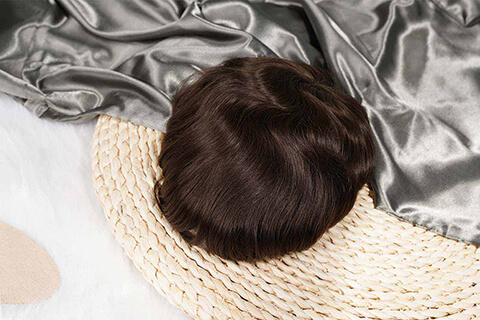
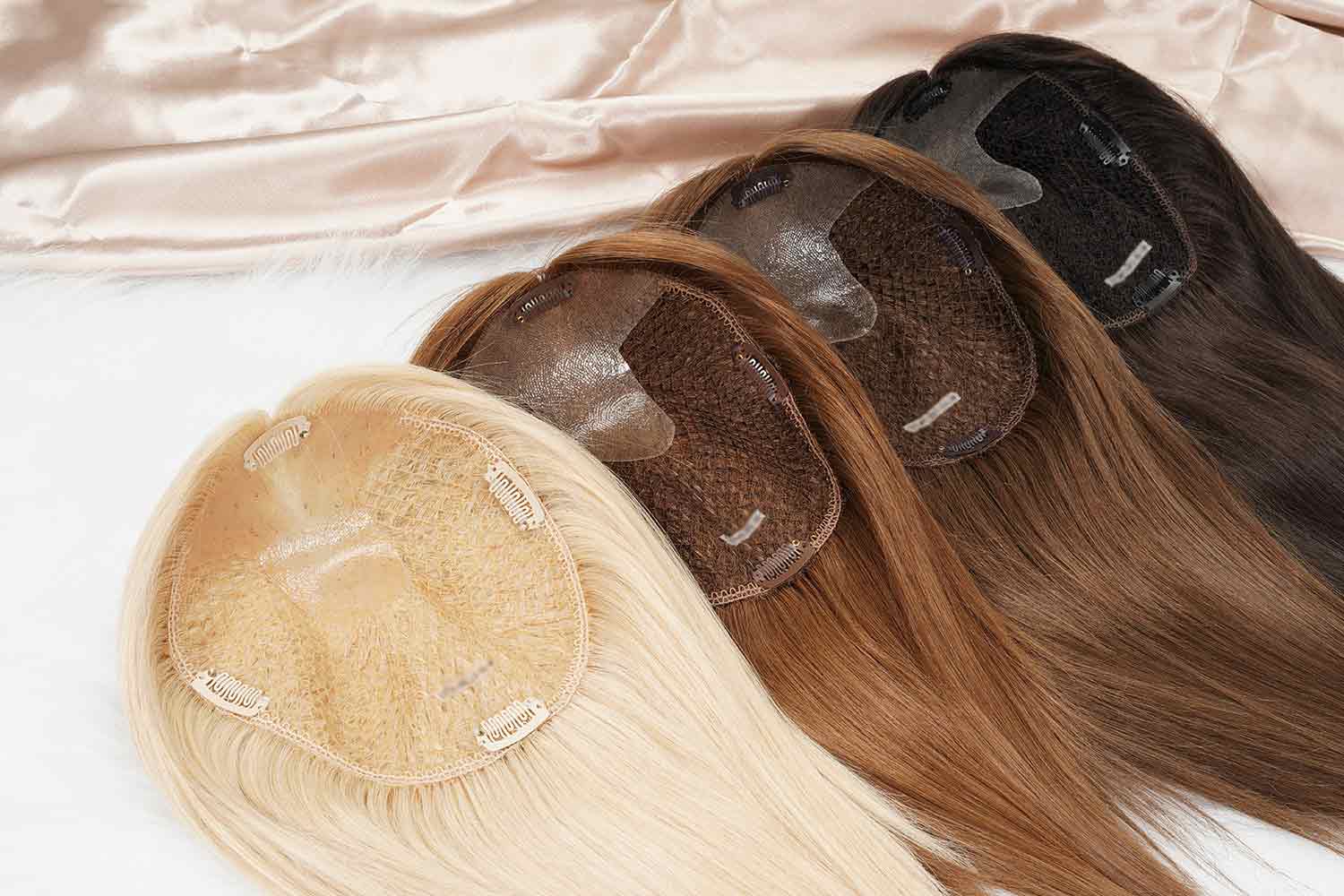

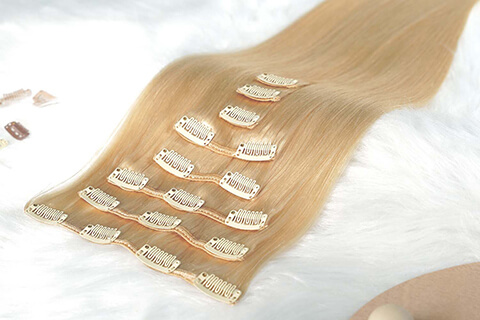

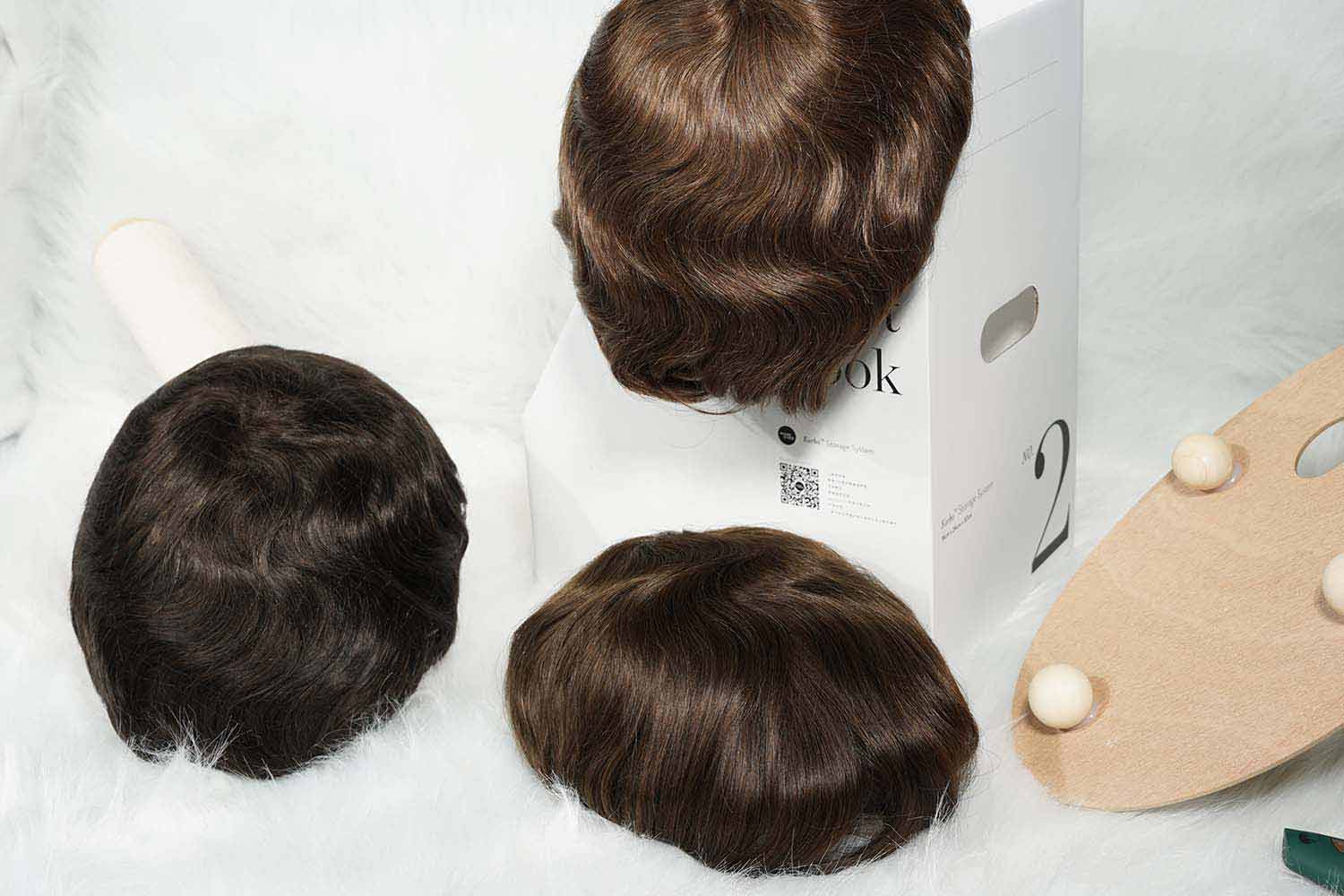
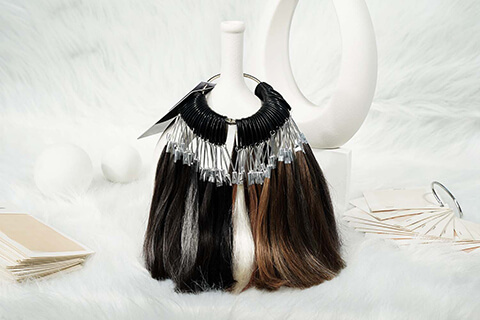


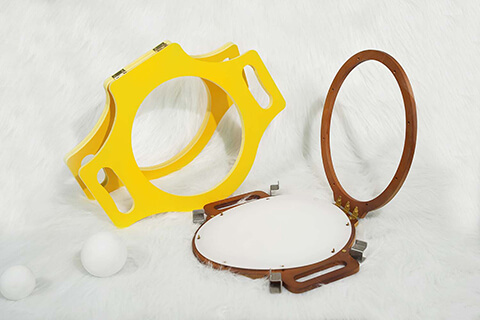


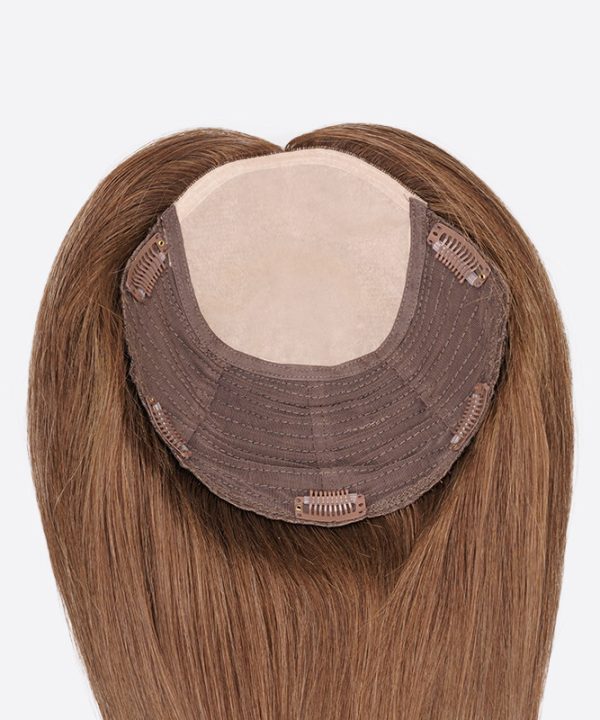
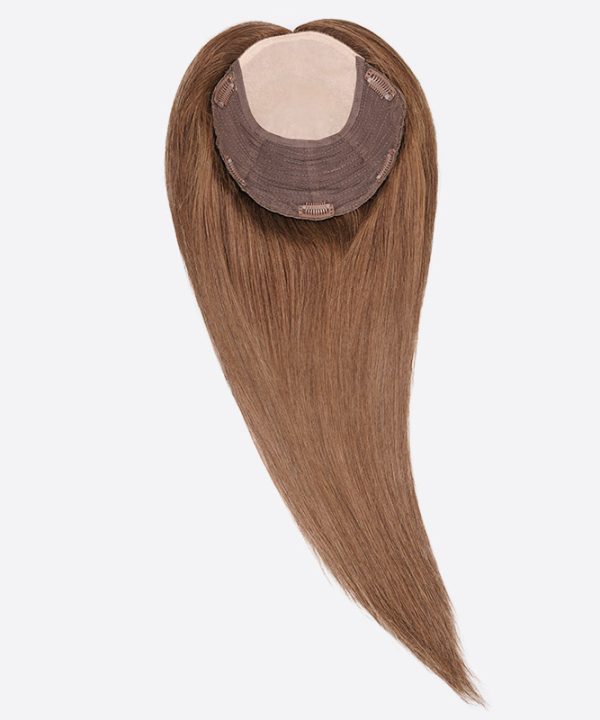
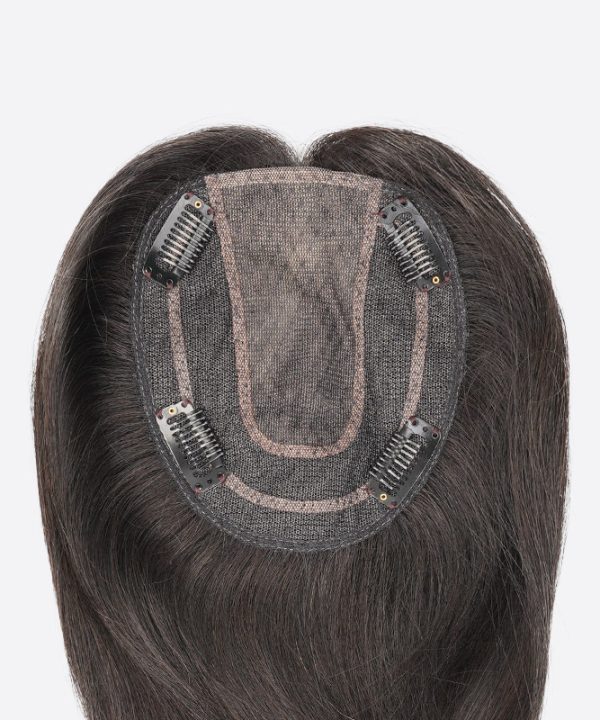
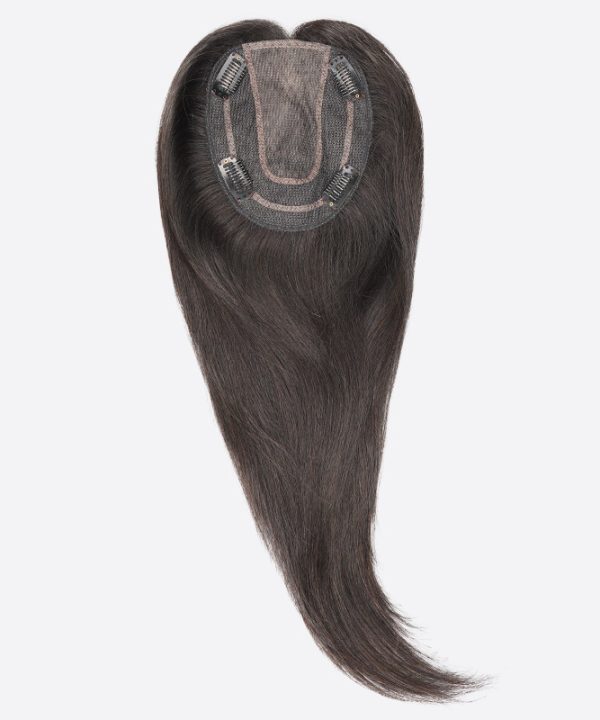
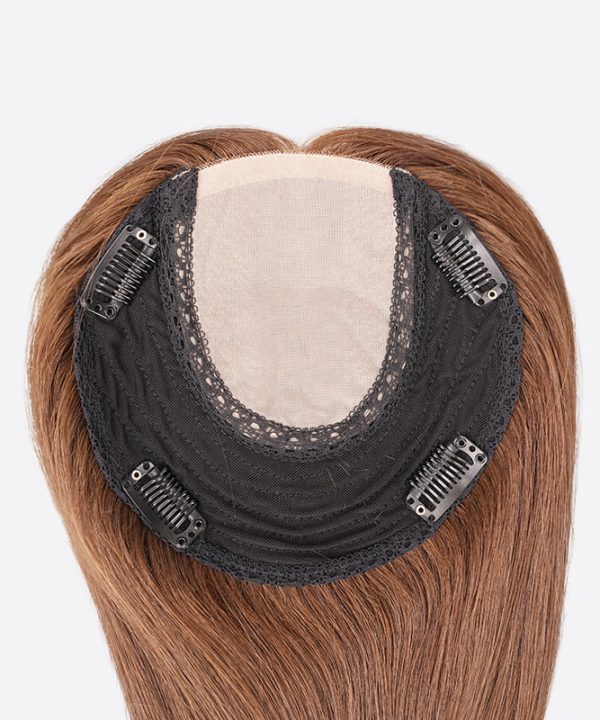
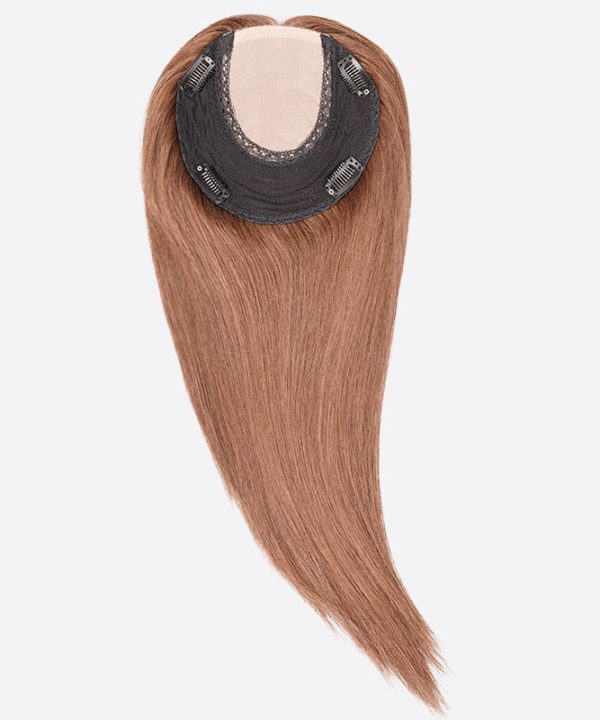
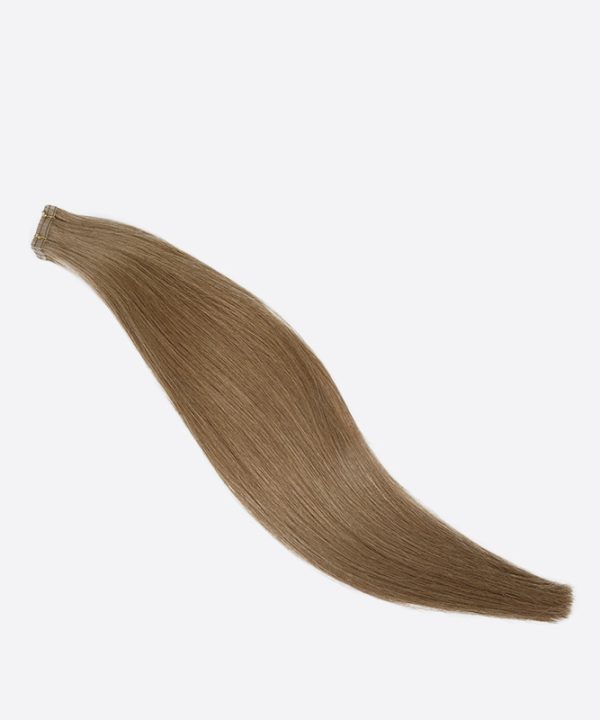
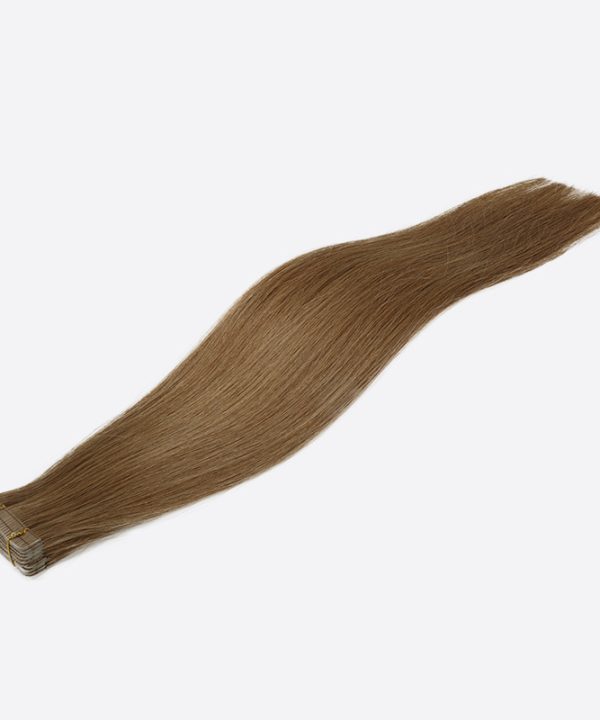
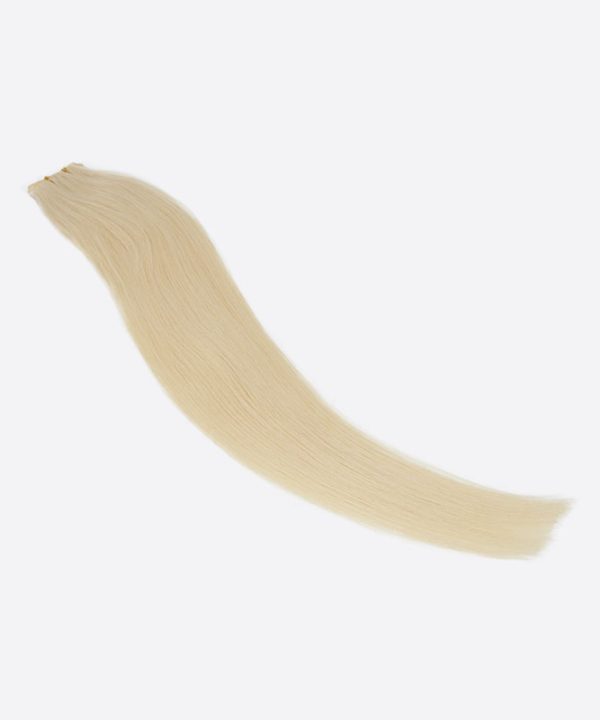
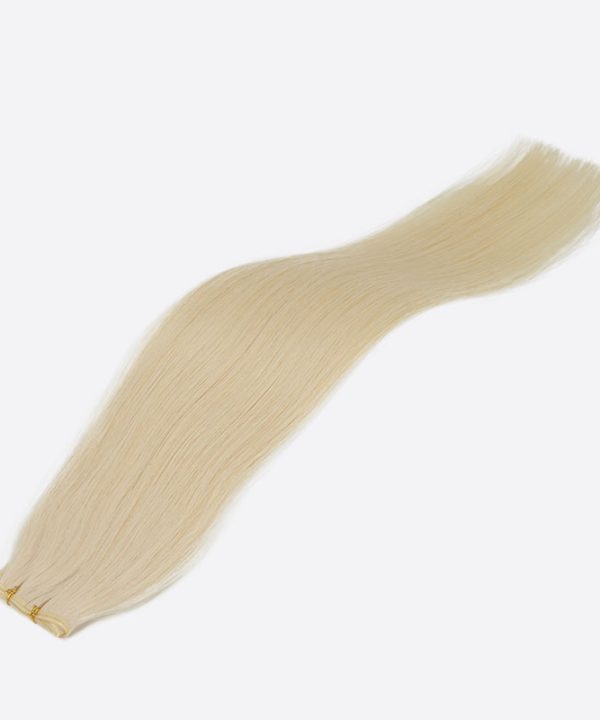
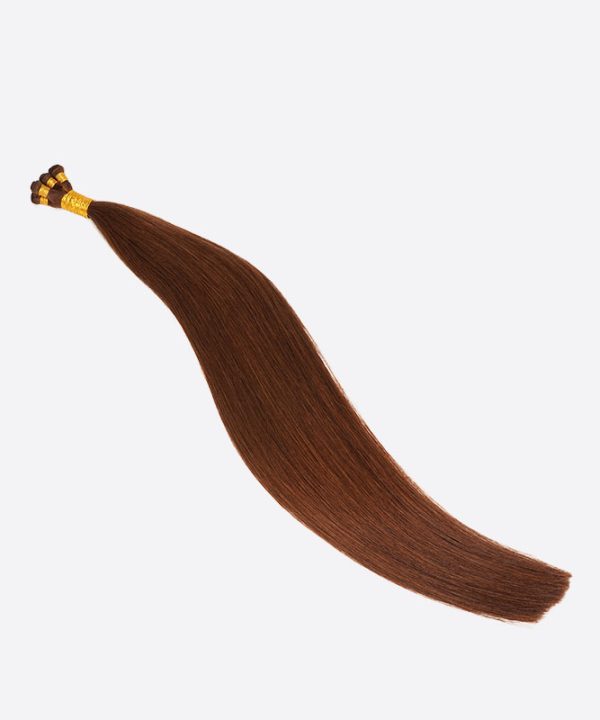
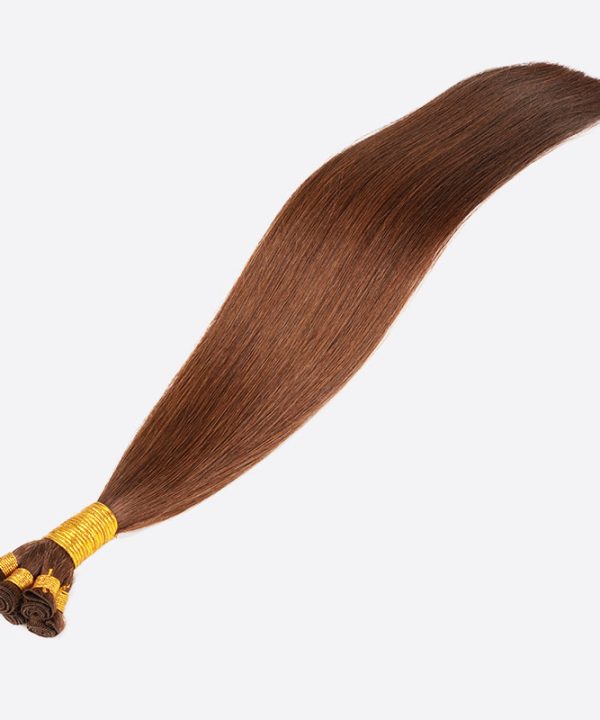





Pretty! This has been a really wonderful post. Many thanks for providing these details.